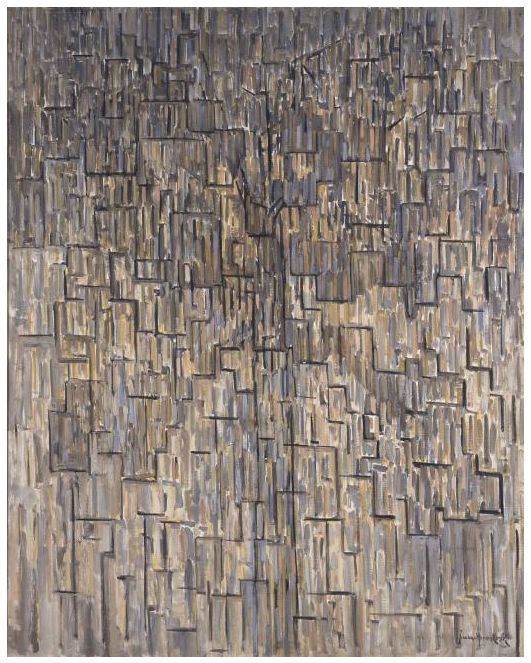
Beschrijving
DESCRIPTION: signed. oil on canvas. Painted in 1913. EXHIBITED: Berlin, Der Sturm, Erste Deutsche Herbstsalon, September 1913. CATALOGUE NOTE: Jacoba van Heemskerck exhibited the cubist painting Baum at the Erste Deutsche Herbstsalon , the first big manifestation of expressionism in Berlin, September 1913. This mega exhibition was organised by Herwarth Walden, a composer, pianist, writer, editor and publisher of art magazine Der Sturm, which was also the name of his gallery. The Berlin exhibition showed works of 90 artist from 12 countries. Among the Dutch participants were Mondrian, Sluijters, Schelfhout and Van Heemskerck. Van Heemskerck was represented with four cubistic works that were mentioned in the catalogue as: Wald, Komposition, Komposition and Baum. Jacoba wrote on a postcard to her friend countess Van Bylandt in The Hague: I just got the message that my four big paintings have been admitted to the Herbstsalon in Berlin. These were four monumental works among which Compositie no. 6 (collection Museum Boijmans van Beuningen, Rotterdam). The recently published monograph and catalogue of works titled Jacoba van Heemskerck van Beest 1876-1923 Schilderes uit roeping (Waanders 2005), demonstrates on the basis reviews that Compositie no. 6 from the Boijmans collection in fact is the painting Baum mentioned in the catalogue of the ‘Erste Deutsche Herbstsalon’. A cubistic painting titled Baum was up till know unknown, and it is a happy fact that this painting has appeared and brought to the auction. This implies that Compositie no. 6 was in fact the work Wald. The fact that this work is indeed Baum becomes plausible because on the back of the painting a label of Der Sturm is attached with ‘Baum cat’ written on it. Moreover, on the same back side ‘MTA 99’ is written with blue chalk. This mark is repeatedly written on the backside of her cubistic paintings (as well on some of her later works). Signature, transparency and application of paint convincingly show that Baum is the most developed cubistic work of Jacoba van Heemskerck. In the cubistic Compositie no.6 the leafs of the tree are still clearly visible. In Baum, on the contrary, the tree is dissolved in an abstract play of horizontal and vertical lines and the colours pink, grey and black. This two dimensional image, with its fascinating rhythmic of lines and colours, has a lot of correspondence with Mondrians cubistic paintings of that period. In the course of 1913 Jacoba van Heemskerck started to work in the cubistic style under the influence of Picasso and Mondrian. She saw their work on the second exhibition (October 6, 1912) of the Moderne Kunstkring (Modern Art Circle) in Amsterdam. She also exhibited cubistic work, together with Van Rees, Alma, Mondrian and Schelfhout at the Société des Artistes Indépendants in Paris, March 1913. German art critic Adolf Behne wrote about Van Heemskercks work at the ‘Erste Deutsche Herbstsalon’: “Jacoba van Heemskerck paints one tree. She does not insist on its appearance, not the thing itself, not the idea, that is sufficiently indicated by a single line and little colour, so as a matter of fact a tree is meant here, but she wants to express the wonder: its standing there, growing (…)” Herwarth Walden propagated that the cosmic laws one experience in nature could be represented most purely by line and colour on canvas. The cubism and also the futurism of which many works at the ‘Herbstsalon’ witnessed, had to be regarded according Walden as a transitory phase from neo-impressionism – focusing on ‘representation’ – to expressionism, where the ‘image’ is central. In the eye-catching painting Baum Van Heemskerck culminated in a powerful cubistic language of forms. As a consequence of participating in the German Herbstsalon and the successive contact with the Berlin “Sturm’-group her cubistic work would evolve into an expressionist style. We kindly thank Jacqueline van Paaschen (art historian and author of the monograph and catalogue of works by Jacoba van Heemskerck) for cataloguing this lot.Details
- Databanknummer:
- 49396
- Lotnummer:
- -
- Advertentietype
- Archief
- Instelling:
- Sotheby's
- Veilingdatum:
- -
- Veilingnummer:
- -
- Stad
- -
- Limietprijs
- -
- Aankoopprijs
- -
- Verkoopprijs
- -
- Hamerprijs
- -
- Status
- Verkocht
Technische details
- Kunstvorm:
- Schilder- en Tekenkunst
- Technieken:
- Olieverf
- Dragers:
- Doek
- Lengte:
- 126 cm
- Breedte:
- 100.5 cm
- Hoogte:
- -
- Oplage:
Beschrijving
DESCRIPTION: signed. oil on canvas. Painted in 1913. EXHIBITED: Berlin, Der Sturm, Erste Deutsche Herbstsalon, September 1913. CATALOGUE NOTE: Jacoba van Heemskerck exhibited the cubist painting Baum at the Erste Deutsche Herbstsalon , the first big manifestation of expressionism in Berlin, September 1913. This mega exhibition was organised by Herwarth Walden, a composer, pianist, writer, editor and publisher of art magazine Der Sturm, which was also the name of his gallery. The Berlin exhibition showed works of 90 artist from 12 countries. Among the Dutch participants were Mondrian, Sluijters, Schelfhout and Van Heemskerck. Van Heemskerck was represented with four cubistic works that were mentioned in the catalogue as: Wald, Komposition, Komposition and Baum. Jacoba wrote on a postcard to her friend countess Van Bylandt in The Hague: I just got the message that my four big paintings have been admitted to the Herbstsalon in Berlin. These were four monumental works among which Compositie no. 6 (collection Museum Boijmans van Beuningen, Rotterdam). The recently published monograph and catalogue of works titled Jacoba van Heemskerck van Beest 1876-1923 Schilderes uit roeping (Waanders 2005), demonstrates on the basis reviews that Compositie no. 6 from the Boijmans collection in fact is the painting Baum mentioned in the catalogue of the ‘Erste Deutsche Herbstsalon’. A cubistic painting titled Baum was up till know unknown, and it is a happy fact that this painting has appeared and brought to the auction. This implies that Compositie no. 6 was in fact the work Wald. The fact that this work is indeed Baum becomes plausible because on the back of the painting a label of Der Sturm is attached with ‘Baum cat’ written on it. Moreover, on the same back side ‘MTA 99’ is written with blue chalk. This mark is repeatedly written on the backside of her cubistic paintings (as well on some of her later works). Signature, transparency and application of paint convincingly show that Baum is the most developed cubistic work of Jacoba van Heemskerck. In the cubistic Compositie no.6 the leafs of the tree are still clearly visible. In Baum, on the contrary, the tree is dissolved in an abstract play of horizontal and vertical lines and the colours pink, grey and black. This two dimensional image, with its fascinating rhythmic of lines and colours, has a lot of correspondence with Mondrians cubistic paintings of that period. In the course of 1913 Jacoba van Heemskerck started to work in the cubistic style under the influence of Picasso and Mondrian. She saw their work on the second exhibition (October 6, 1912) of the Moderne Kunstkring (Modern Art Circle) in Amsterdam. She also exhibited cubistic work, together with Van Rees, Alma, Mondrian and Schelfhout at the Société des Artistes Indépendants in Paris, March 1913. German art critic Adolf Behne wrote about Van Heemskercks work at the ‘Erste Deutsche Herbstsalon’: “Jacoba van Heemskerck paints one tree. She does not insist on its appearance, not the thing itself, not the idea, that is sufficiently indicated by a single line and little colour, so as a matter of fact a tree is meant here, but she wants to express the wonder: its standing there, growing (…)” Herwarth Walden propagated that the cosmic laws one experience in nature could be represented most purely by line and colour on canvas. The cubism and also the futurism of which many works at the ‘Herbstsalon’ witnessed, had to be regarded according Walden as a transitory phase from neo-impressionism – focusing on ‘representation’ – to expressionism, where the ‘image’ is central. In the eye-catching painting Baum Van Heemskerck culminated in a powerful cubistic language of forms. As a consequence of participating in the German Herbstsalon and the successive contact with the Berlin “Sturm’-group her cubistic work would evolve into an expressionist style. We kindly thank Jacqueline van Paaschen (art historian and author of the monograph and catalogue of works by Jacoba van Heemskerck) for cataloguing this lot.Aangeboden kunst
Een selectie uit ons kunstaanbod
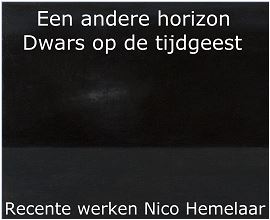
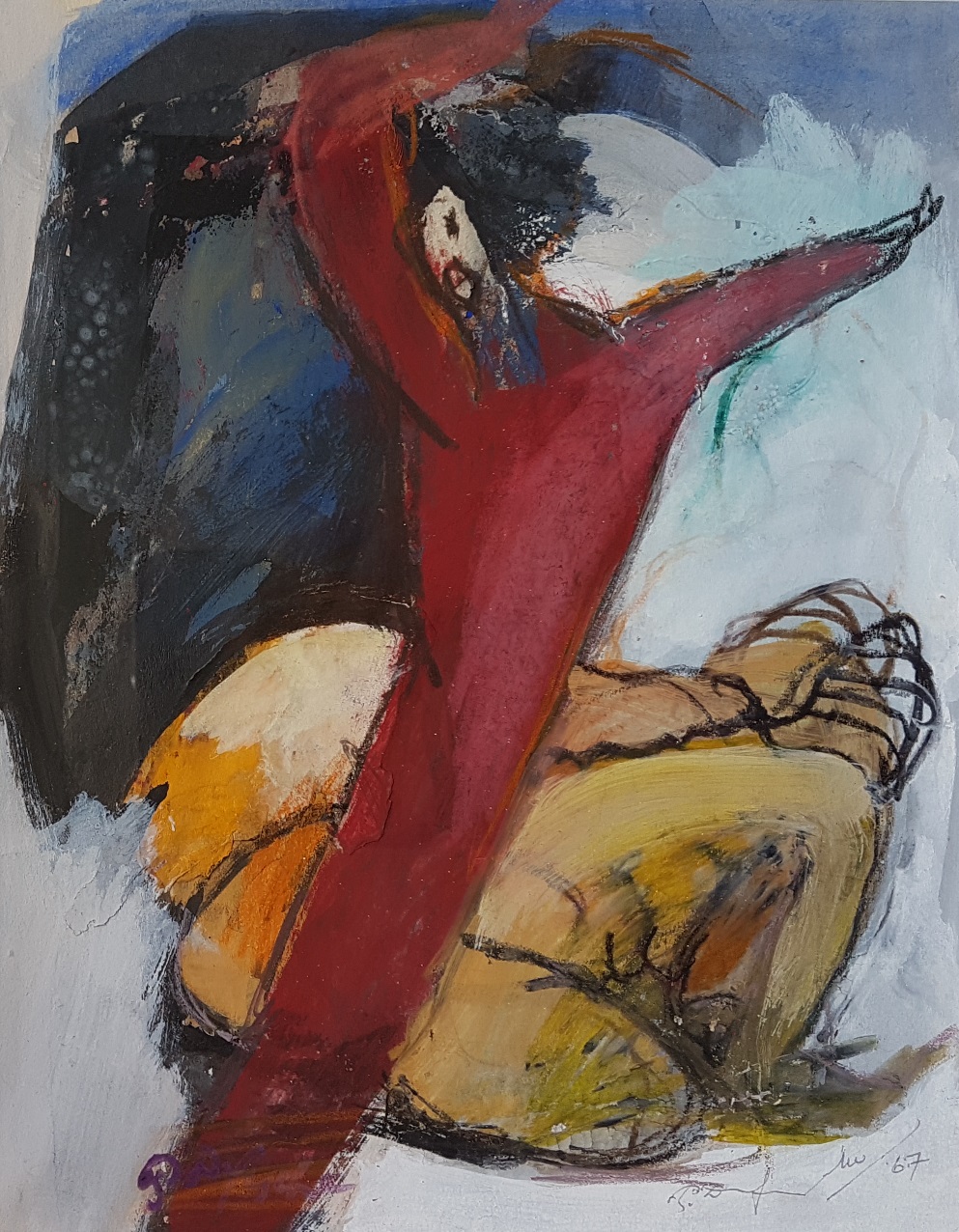
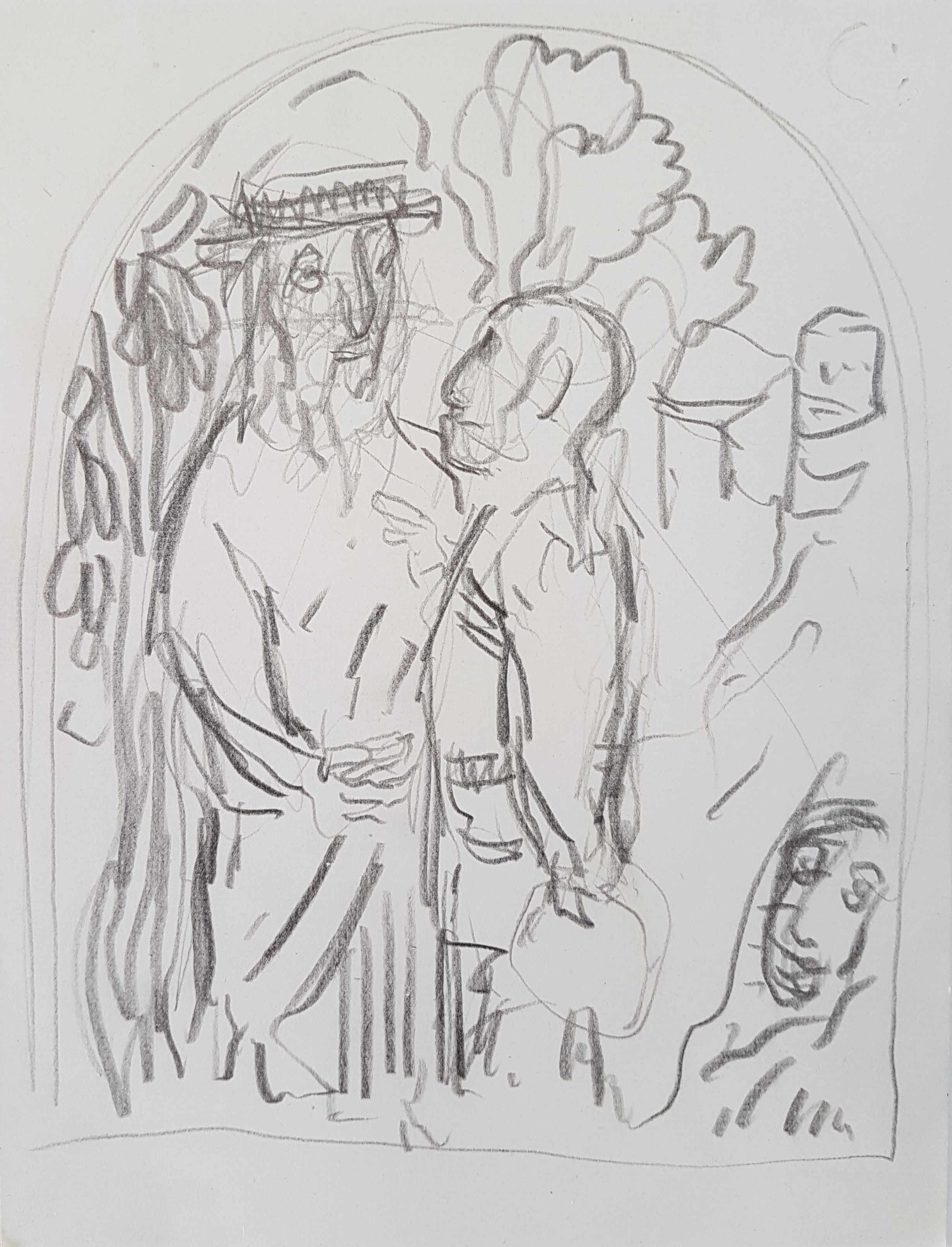
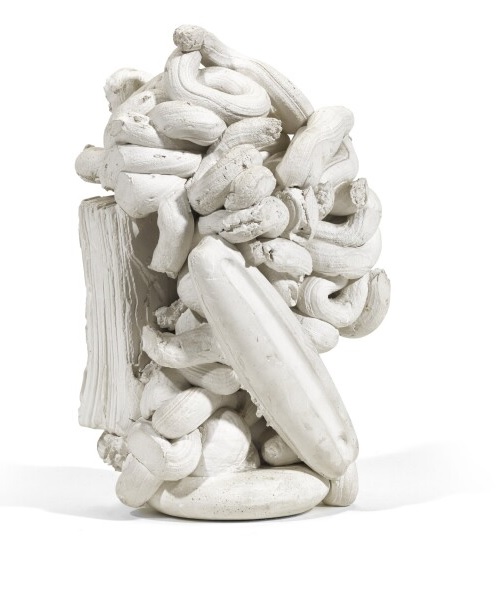
.jpg)